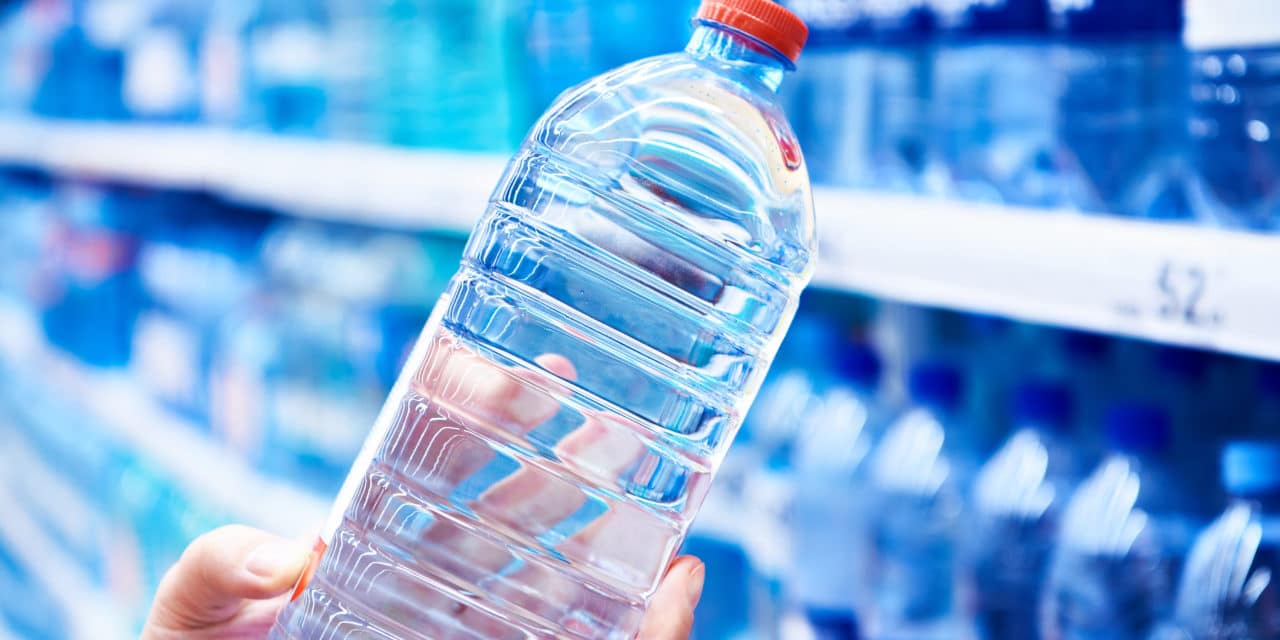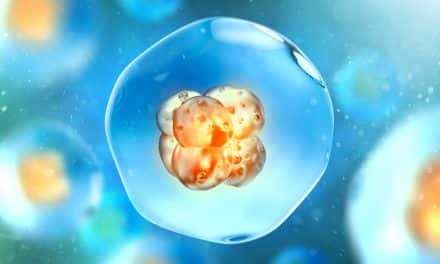You have probably heard of endocrine disruptors. This is the name given to a group of chemicals that can mimic the effects of our natural hormones. Endocrine disruptors can also block hormone receptors in our cells. Therefore, when they come into contact with our organism, they can interfere with our endocrine system and affect bodily functions regulated by hormones, such as growth, development, metabolism and reproduction.
However, there is no cause for alarm, as the effects are generally minimal. That being said, experts have been warning for years that the number of environmental toxicants is increasing. The European Environmental Bureau (EEB) estimates that around 200,000 chemicals are used in the European Union (EU). Of course, not all of them are endocrine disruptors, but it is estimated that more than a thousand may have this disruptive capacity. Some are found in our environment, in some of the utensils and containers we use every day, and even in the food we eat.
How much of a risk do endocrine disruptors pose, and what can you do to reduce your exposure? And if you are pregnant or undergoing a fertility treatment, do you need to be extra careful? Dr Anelice Popescu, a specialist in gynaecological endocrinology, and Dr Marina Solsona, a fertility specialist at Dexeus Mujer, answer some questions on this subject.
How do endocrine disruptors get into our bodies? They can enter our bodies through the skin, the air we breathe, and the drinks and food we consume.
Is it true that we are exposed to multiple toxic substances every day? Yes, but most of the population is exposed to low or very low doses.
How do they affect our overall health? In truth, the effects of all these exposures and how they may affect our health are not yet fully understood. According to the European Chemical Agency (ECHA), epidemiological studies suggest that endocrine disruptors may be responsible for some of the disorders that have been identified in recent years, such as a reduction in sperm count or an increase in certain hormone-sensitive cancers. In our natural environment, effects that may be related to endocrine disruption have also been observed in fish, crustaceans, amphibians, birds and mammals. In some species, reproductive disruption has led to population declines.
What about the reproductive system? Although, as previously mentioned, the effects of endocrine disruptors are not yet fully understood, long-term exposure to some of these chemicals has been associated with reduced sperm quality, motility and viability, with infertility problems and even with an increased risk of miscarriage.
Are there population groups that are more vulnerable to endocrine disruptors? In general, these substances can cross the placenta and be present in breast milk. Therefore, foetuses and breastfed newborns may be exposed. These are crucial developmental stages, so it is advisable to take extra precautions. In particular, it is recommended to avoid eating large oily fish such as salmon or swordfish during pregnancy and not to feed them to infants, as they tend to accumulate higher levels of heavy metals. Moreover, the EU banned the use of bisphenol A in baby bottles a few years ago.
What can we do to reduce our exposure to endocrine disruptors where possible? Overall health depends on a number of factors. It is important to maintain a healthy lifestyle, eat well and avoid exposure to toxic substances as much as possible. In everyday life, we recommend reducing the consumption of processed and tinned foods, moderating the consumption of animal products, eating organic fruit and vegetables and washing them thoroughly before eating. It is also advisable to ventilate indoor spaces well and remove dust, avoid heating food in plastic containers and replace them with glass or ceramic ones, use glass or stainless-steel bottles, and use ceramic, cast iron or stainless-steel pots and pans without non-stick coating. Finally, we recommend using cosmetics that are free of parabens, benzophenones, triclosan and phthalates.
Although there is still a long way to go to improve regulation, the EU has implemented several measures to increase information on all these products and reduce their use. We have included some useful links at the end of this article.
What are the best-known endocrine disruptors and where are they found?
Heavy metals (mercury, lead, cadmium, etc.): They are found in the environment and accumulate in predatory fish, such as tuna, swordfish, sharks, molluscs and crustaceans.
Pesticides (herbicides and insecticides): They are found in agricultural products and in the ecosystem.
Bisphenol A (BPA): They are found in the lining of metal food and drink containers, plastic bottles and Tupperware.
Parabens: They are found in countless cosmetic products for daily use.
Triclosan: They are used in hygiene products, such as antiseptics, hand sanitisers and deodorants.
Benzophenones: They are used as UV filters in many sun creams and some cosmetic products.
Phthalates: Used as plasticisers or to make plastics flexible, they are found in cosmetic products, perfumes, paints and plastic containers.
Per- and polyfluoroalkyl substances (PFAS): They repel water and oil and can withstand extreme temperatures. They are found in food packaging, non-stick pans and pots, cleaning products and even in supposedly biodegradable paper and bamboo straws.
Flame retardants: These are substances added during the manufacture of furniture, plastics, textiles and electronic equipment to make them less flammable. They can migrate into the environment and accumulate in dust and indoor air.
Source: ISGlobal
More information:
European Chemicals Agency (ECHA)
EU’s chemicals strategy for sustainability
European Pact for the future
Institut de Salud Global (SGlobal)















